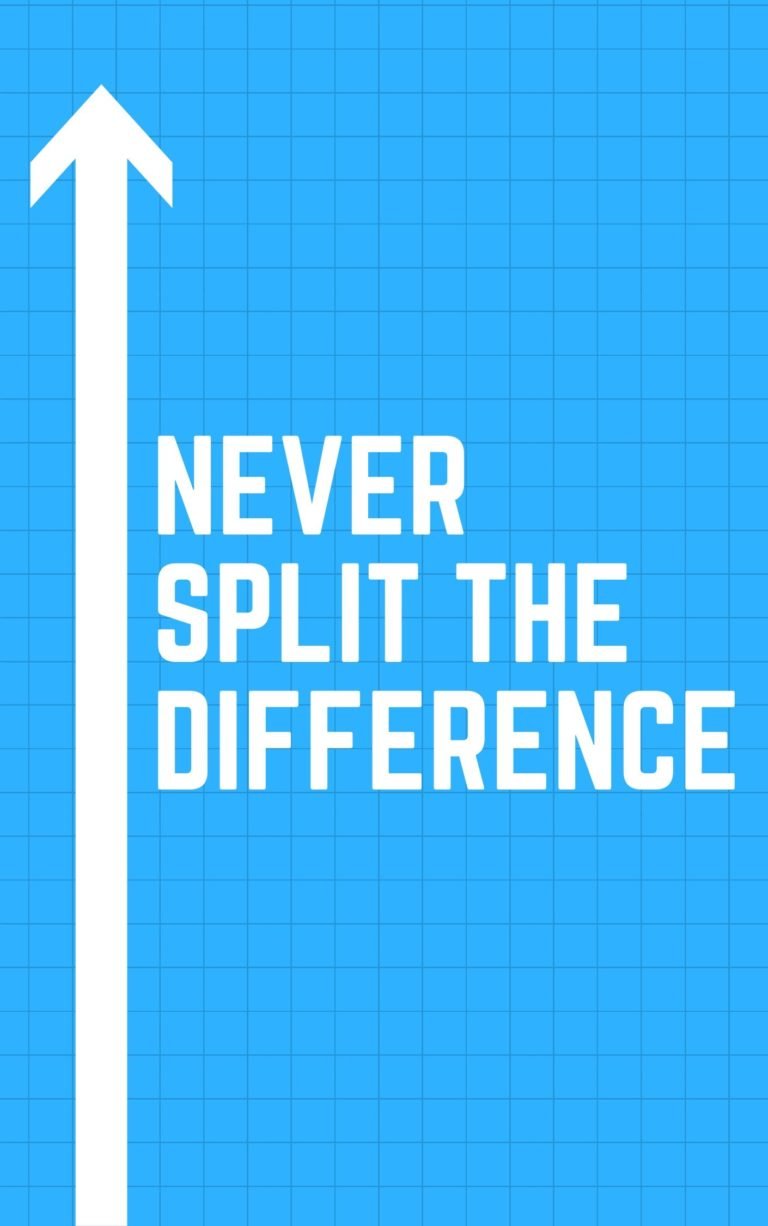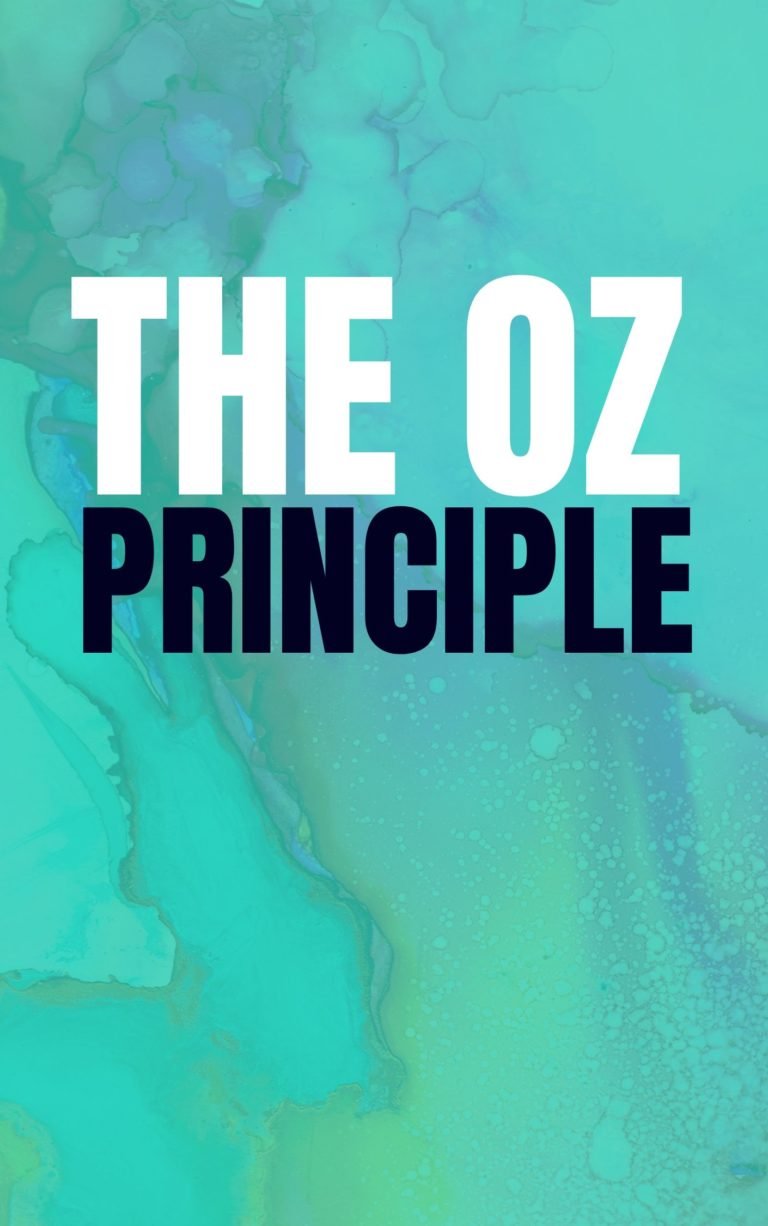The Loop Approach
Ben Hughes and Sebastian Klein
Rating: 6.6
Former Boston Consulting Group management consultant Sebastian Klein is a co-founder at Blinkist, where Ben Hughes is the head of content – provide a toolkit to help organizations transform from within.
Contents
The “sense-and-respond” mind-set should replace the “predict-and-control” mindset from the past.
The pyramid structure has been around since – well, the pyramids. Pyramid-shaped organizational structures reduce complexity and ensure clarity because everyone knows his or her role. But pyramids fall short when they must confront speedy change. CEOs respond slowly because they aren’t on the front lines. Employees who once were content to follow orders now want more responsibility and fulfilling work.
The “Loop Approach is all about the process, not the end result, because the result will be different for every transformation.”
Too often, companies try to change their structure only to encounter unforeseen obstacles or invite chaos. Everyone in a company should be an “intelligent sensor” – receiving signals from the outside world and evaluating them autonomously – instead of waiting for top-down instructions from a disconnected boss.
The Loop Approach breaks down complexity to frame the process of change as a journey, not a destination. Instead of the pyramid’s predict-and-control mind-set, it suggests a sense-and-respond approach. This change-management strategy accepts that the end result has no definition while the process is still going on, but that it will become apparent in time. The bigger the organization, the bigger the challenge.
The “Loop Mindset” focuses on qualities that foster successful change.
The tools of the Loop Mind-set identify and nurture specific qualities. For example, “Holocracy” defines the key accountabilities of particular professional roles and establishes clearly defined rules for meetings. Agile methods such as Scrum offer a fresh sense-and-respond tactic for accomplishing work in short sprints. Mindfulness and positive psychology help people discover their inner strengths and relate better to one another. The Loop Mind-set encompasses system-wide organizational development, including:
- Autonomy and self-organization – Team members have decision-making power.
- Purpose-orientation – An overarching intent connects members at an emotional level.
- Self-responsibility – Employees learn to overcome harmful thinking patterns and to own their feelings, thoughts and actions.
- Solution-orientation – Pointing out problems is no longer sufficient. Teams must identify solutions.
- Thinking win-win – Replace “either/or” with “both…and” for all stakeholders.
- Transparency and open communication – In a changing organization, everyone must know and share everything.
- Thinking in continuous iterations – Experiments and incremental changes keep companies agile.
- Role versus soul – The roles people adopt depend on their individual context.
- Ego to self – Increase people’s self-understanding by drawing them away from being egotistical.
- Tension-based work – Drive improvement by asking how things could be done a different way.
- Distributed leadership – Like roles, leadership is contextual. Leaders must be embedded everywhere people need their expertise.
- Focusing on teams – Effective organizations are only as strong as their teams.
Module 1 focuses on clarity, a foundational prerequisite for effective teams.
A Loop Approach workshop has three modules: “Clarity, Results and Evolution.” Clarity considers “why” an organization exists and why its teams are necessary. Teams can discover their purpose by conducting a “Purpose Playoff” workshop. They write down the stakeholders for whom they create value, then sort the stakeholders into value categories, such as “empowerment” or “warmth” or “speed.” Using these “value clusters,” the team members create a purpose statement. They then start the “playoffs,” facing off and integrating their individual statements until they arrive at a final shared statement that best encapsulates their mutual purpose.
“At their core, effective organizations are just a collection of effective teams that are aligned well.”
The group identifies each member’s strengths to clarify the “people potential” in the organization. Your strengths should align with your organizational role. Identify your own strengths, then ask your colleagues to tell you what they see as your strengths. Put together a profile that sets out your top attributes and interests. Share with a partner who will present your profile to the group as you present his or hers.
With this information, the group can clarify each individual’s role. A role, which is task-related, is not the same as a job. Tasks are single, short steps. Create a list of tasks and assign them to roles. When you realize that team members can exchange roles, you will understand how a role-based organization functions. That is liberating. Every role needs a name, such as “feedback guru,” a purpose and accountabilities. The team should ask: How do these roles fulfill the team’s purpose?
Module 2 translates clarity into results, starting with self-management and “Getting Things Done.”
When you and your team are clear about your purpose and roles, translate that into results. Self-management is the first step, because you can’t be effective for others if you aren’t effective on your own.
“How can we translate this clarity into real results? How can we rev up all our engines and set sail at full speed?”
Start with Getting Things Done (“GTD”). The creation of productivity consultant David Allen, GTD helps employees achieve “space and focus” by creating an “inbox” for everything that comes their way. This is not the same as an email inbox. It includes every request and demand on a person’s time, including his or her own ideas. Classify every item in your inbox into the following categories:
- Irrelevant – Discard it.
- Information – File it.
- Events – Mark them on your calendar.
- Actionable items – Sort by relevance: Are they tasks or projects? Tasks can take less than two minutes. Do them now. If an item demands more than 60 minutes to complete and has multiple steps, decide whether it is a project. Then, determine your next action, delegate if necessary and set a timeline.
Tensions can fuel change if teams manage them effectively.
Tensions are gaps between the way you do things now and how you could do them better. Tensions can be ideas, wishes, needs, conflicts or strokes of genius. Interpret them as “impulses for change.” The person who detects a tension has the responsibility of articulating it to the group. The team should sort through its tensions and assign them to the proper “space” to manage them effectively. The four spaces are:
- “Operational space” – This is where most work happens, including tasks, communications and projects. Tensions arise when people ask for assistance, information or clarification.
- “Governance space” – This is where people work on the organization itself. Tensions arise around rules and roles.
- “Individual space” – This is where you work on self-development and growth. Tensions arise around your relationships with colleagues.
- “Tribe space” – This is where all relationships among team members reside. Tensions arise around team building.
Operational and governance – “role-ational” – spaces are more familiar in a work environment. To connect to their work, people need teammates who recognize and nurture their “relational” spaces. Too often, tensions among individuals or in the tribe seep into role-ational spaces, where resolution is unlikely.
“A team just has to distinguish between the four spaces and know how to solve tensions in the right ones.”
Teams should identify and sort tensions by using “Integrative Decision Making” (IDM) to put them in their proper places. Asking, “What do you need?” will open a path for resolving tensions. For example, “I need to share information” or “I need a decision regarding a new role” are two pathways. You can’t simply state a tension. You need to own it and figure out what to do. The IDM model can change how you deal with tensions.
Module 3 starts with improving role-ational interactions at meetings.
To avoid paying external consultants to help your teams change and adapt to ever-changing conditions, team members should learn to change their own structures to suit their needs. In the realm of governance, teams can use IDM to create roles. The trick is knowing how to fill those roles. An election that relies on nominations and a proposal, and that takes anyone’s objections into account, should produce satisfactory results.
Having an effective operational or governance meeting requires purpose and commitment. A “sync” meeting helps members manage their operational needs, such as delegating tasks, sharing information and plotting their next steps. Its purpose is to distribute tasks, something managers used to do. After members review the status of projects and share information, the team meeting should have an “open agenda” to process tensions and resolve them. If the tensions are too complex, arrange a topic-based meeting with the relevant stakeholders.
“In the consent method, the best argument determines what to do.”
A decision-making meeting can be the most frustrating kind, and the most common models produce disappointing results. Autocracies have one decision maker. In democracies, the majority rules. In consensus, everyone has to agree. In the consent model, what matters is not how many people say yes, but who says no and why. Upon hearing a proposal from a member and having a clarifying discussion, people may offer objections. The proposal undergoes amendments until the group integrates everyone’s objections.
Teams can improve their conflict resolution with “Nonviolent Communication” (“NVC”).
In traditional organizations, most interpersonal conflicts end up in role-ational spaces, where they don’t belong. Nonviolent Communication (NVC) provides a “shared language” to facilitate resolving relation-based tensions. People in conflicts can use it to turn their disagreement into a win-win situation.
“The four steps of NVC allow people to give candid, unsugarcoated feedback in a way that doesn’t sting.”
NVC has four steps:
- “My observation” – State what you see happening. For example, “I didn’t receive an answer to my email.”
- “My feeling” – Say how it makes you feel. For example, “I am frustrated.”
- “My needs” – Clarify what you need to feel better. For example, “I need respect for my time and effort.”
- “My request” – Ask for a solution. Don’t demand it. For example, “Could you please try to answer my emails promptly?”
Detailed feedback based on real situations can help build business relationships.
Provide honest, useful and specific feedback of two kinds:
- Share situational feedback continuously and informally, to show appreciation or cope with a tension.
- Deliver comprehensive feedback with a clear format in a formal setting, to help the team grow.
Use “Clear the Air” (“CTA”) meetings in the “tribe” space. This is a safe space in which participants can process strong feelings. A facilitator collects tensions and mediates nonviolent communication to resolve them.
“The person giving feedback is merely offering information – it is up to the recipient whether to use it or not.”
Subsequently, group members show appreciation for their colleagues by sharing something that makes them grateful.
The Loop Approach never ends. It fosters continuous learning and improvement.
The Loop Approach works differently for every organization. To succeed, it needs leaders who spearhead the transformation, continuous mutual communication, support for change agents and realistic expectations. Articulate why you want to transform your organization and trust your teams to self-organize, lead Loops, and recognize key stakeholders and what they might offer.
“The Loop Approach never really ends, because any team that transforms itself through it will continue looping and improving indefinitely.”
Invest in training and deep-dive modules to help your teams continuously improve. Support your leaders, and help them nurture other leaders.






